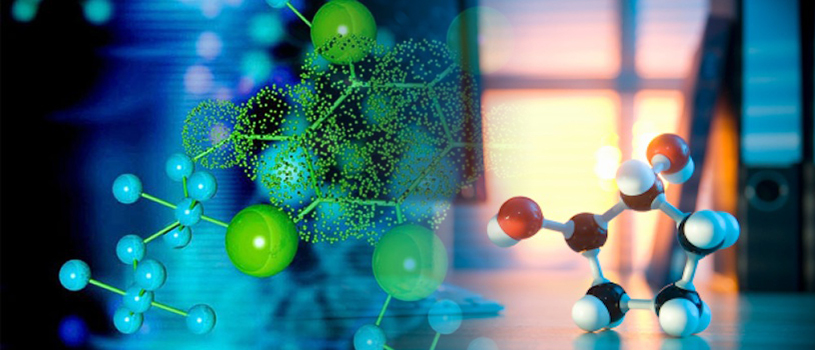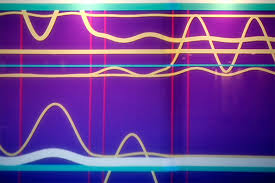
IBM unveiled the IBM Q System One, billed as the first-ever quantum computer designed for businesses to put to their own use – though the company is clear that this is only the first step towards a broader revolution.

IonQ was founded on a gamble that 'trapped ion quantum' computing could outperform the silicon-based quantum computers that Google and others are building. As of right now, it does.

A startup based in Maryland has released and tested an impressive new quantum computer that demonstrates the power of an occasionally overlooked quantum computing architecture.

Austrian scientists are pursuing the idea to use more complex quantum systems. The developed methods and technologies could in the future enable the teleportation of complex quantum systems.

Scientists have now demonstrated for the first time that quantum computers do indeed offer advantages - they developed a quantum circuit that can solve a problem that is unsolvable using any equivalent classical circuit.

US researchers have discovered a quantum state of matter that is 10 times more tuneable than existing theories can explain. This opens enormous possibilities for next-generation nanotechnologies and quantum computing.

Physicists have now demonstrated the world-first simulation of a chemical bond using trapped ion qubits, one of the most promising pathways to full-scale quantum computing.

System lets researchers explore phase transitions in a quantum system.

The scientists observed the time quasicrystal and its transition to a superfluid time crystal at the Low Temperature Laboratory at Aalto University in Finland.

Scientists have now simulated an atomic nucleus using a quantum computer. The results demonstrate the ability of quantum systems to compute nuclear physics problems.

A new quantum device entangles 20 quantum bits together at the same time, making it perhaps one of the most entangled, controllable devices yet.

Physicists have created a new form of light that could enable quantum computing with photons.

Researchers from two teams now working with Intel have reported advances in a new quantum computing architecture, called spin qubits.

A team from Australia have found a "quantum hack" - a way to modify qubit surface codes, improving quantum error correction by up to four hundred per cent.

When future computing historians look back on the era starting around 2017, they’ll have a word to describe it: the NISQ era.